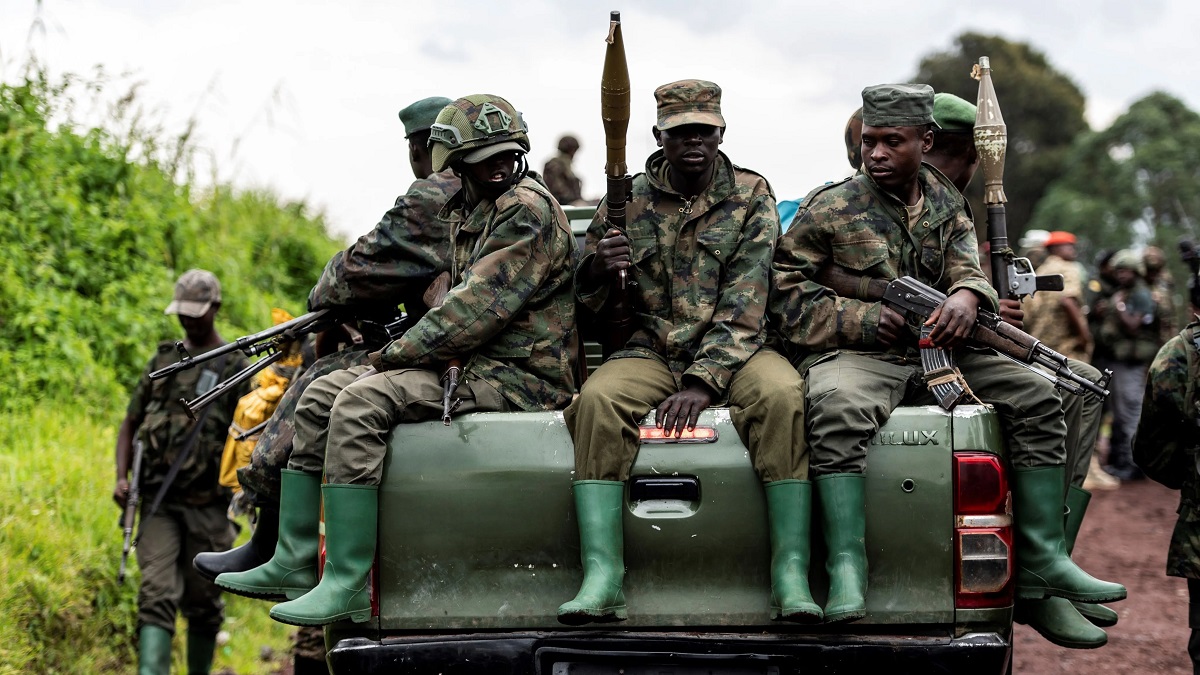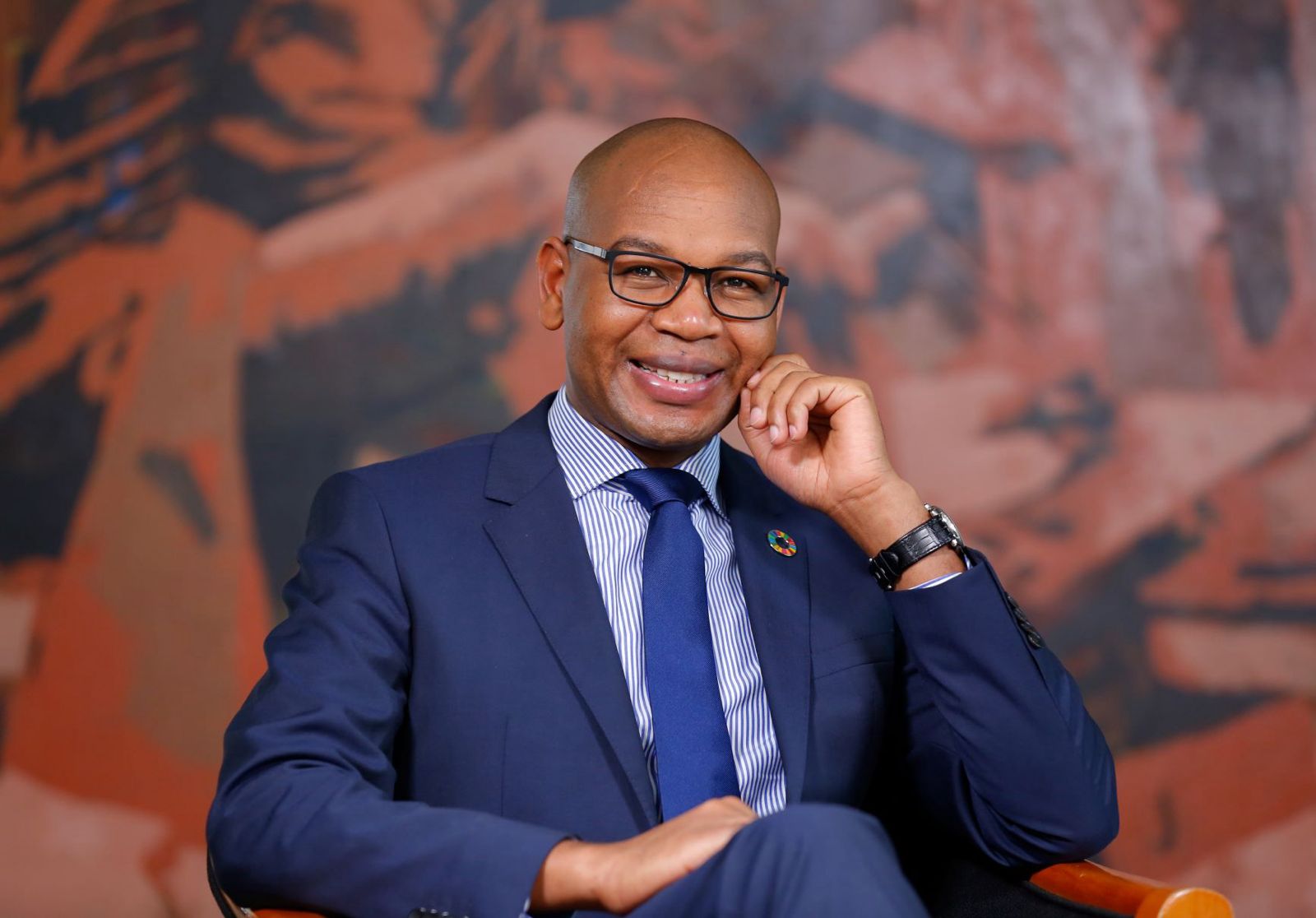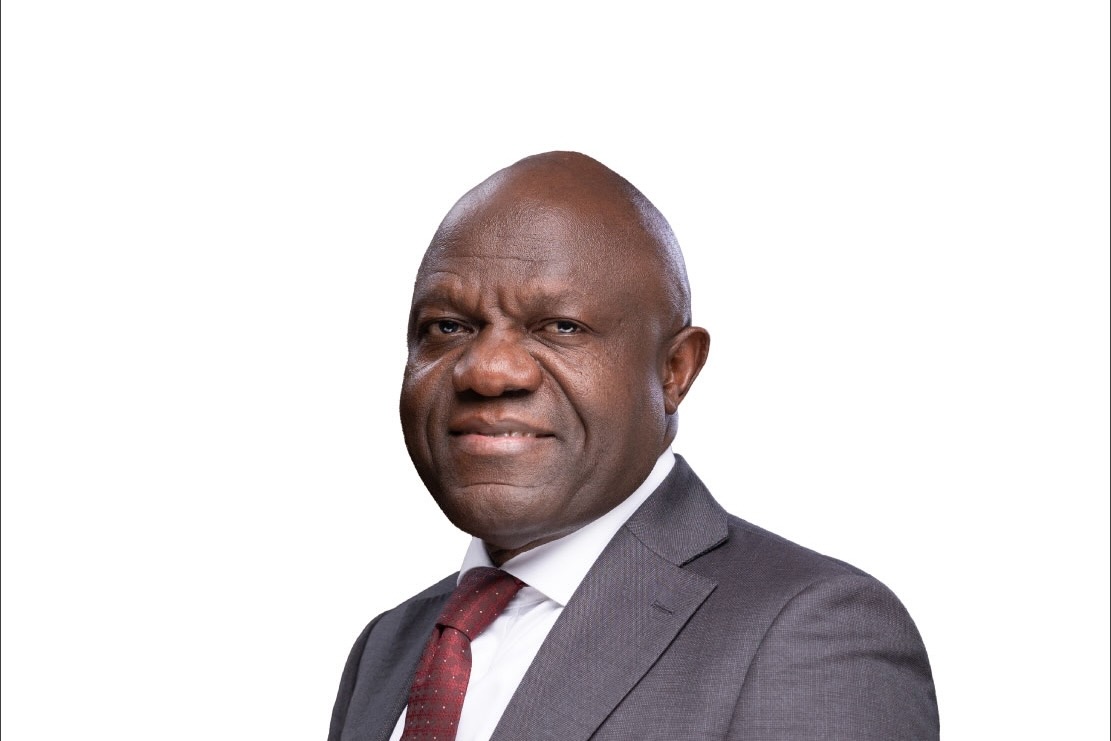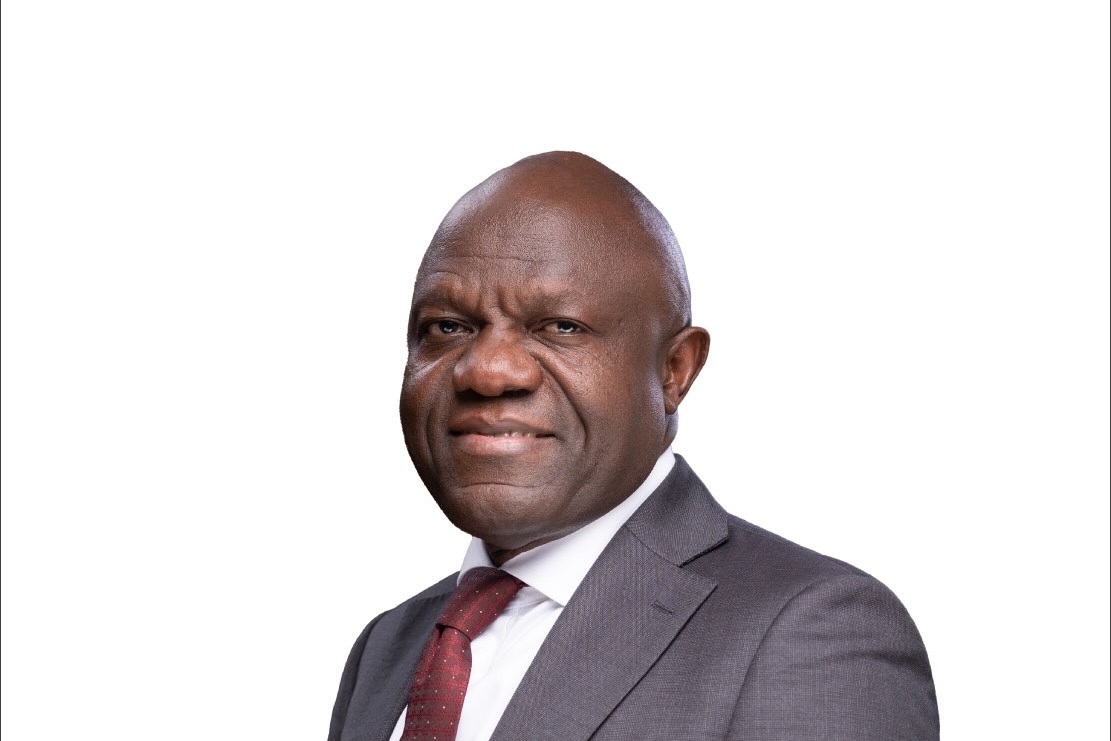Rwanda-backed M23 rebels execute over 140 Hutus in DRC
- Human Rights Watch claims Rwandan-backed M23 group summarily executed over 140 civilians in July 2025, mainly ethnic Hutu people, in at least 14 villages and small farming communities in eastern DRC.
- The killings appear to be part of a military campaign against the Democratic Forces for the Liberation of Rwanda (FDLR), a mostly Rwandan Hutu armed group formed by participants in Rwanda’s 1994 genocide, and other opposing armed groups.
- The UN Security Council and governments should impose further sanctions on those responsible for grave abuses, and seek prosecution of commanders implicated in war crimes.
A new report by Human Rights Watch has fingered Rwandan-backed M23 rebels for the summary execution of over 140 civilians, who were aminly ethnic Hutu, in at least 14 villages and farm lands in July 2025 near Virunga National Park, eastern Democratic Republic of Congo.
Human Rights Watch said reports show that the number of people killed in Rutshuru territory since July may exceed 300, putting the incidence among the worst atrocities on record by the M23 rebels since its resurgence in the country in late 2021.
Between July 10 and 30, Human Rights Watch said M23 rebels went on a rampage, summarily executing locals including farmers, women and children, in their villages, fields, and near the Rutshuru River across the Binza administrative subdivision (groupement) in Rutshuru territory, North Kivu province.
According to witness accounts from the UN, and military sources indicate that the Rwandan military, the Rwanda Defence Force (RDF), were also involved in the M23 rebel operations in the area.
“The M23 armed group, which has Rwandan government backing, attacked over a dozen villages and farming areas in July and committed dozens of summary executions of primarily Hutu civilians,” said Clémentine de Montjoye, senior Great Lakes researcher at Human Rights Watch.
“Unless those responsible for these war crimes, including at the highest levels, are appropriately investigated and punished, these atrocities will only intensify.”
From mid-July to mid-August, Human Rights Watch said it interviewed 36 people by telephone, including 25 witnesses, as well as activists on the ground, medical workers, military and UN personnel, and other informed sources.
Human Rights Watch added that it analyzed videos and photographs, and made consultations with forensic pathologists, and corroborated accounts using maps and satellite imagery concerning the occurence.
Additionally, the rights group compiled a list of 141 people, who were either killed or are missing and feared dead. On August 6, the UN Office of the High Commissioner for Human Rights reported that “at least 319 civilians were killed by the M23, backed by members of the Rwanda Defence Force, between 9 and 21 July in four villages in […] Rutshuru.”
This figure corroborates information Human Rights Watch received from other sources. Human Rights Watch claimed it also received information that the M23 rebels executed another 41 civilians between July 30 and August 8 in the Binza groupement, but this could not be independently confirmed.
Human Rights Watch wrote to Rwandan authorities on August 7 and Bertrand Bisimwa, the M23 rebels group leader, on August 8 to request information about the killings, but received no responses.
The Alliance Fleuve Congo (Congo River Alliance, or AFC), the politico-military coalition that includes the M23 rebels, on August 7 rejected the UN’s allegations. On August 11, the Rwandan government rejected the UN’s allegations that the Rwandan military was involved in the operations, and claimed that an armed group opposed to the M23 rebels carried out the killings.
Human Rights Watch documented or obtained credible information about killings in July in the localities of Busesa, Kakoro, Kafuru, Kasave, Katanga, Katemba, Katwiguru, Kihito, Kiseguru, Kongo, Lubumbashi, Nyamilima, Nyabanira, and Rubare. These areas were then under M23 control, and several M23 commanders were identified at some locations.
Witnesses to attacks said that M23 fighters told them to immediately bury the bodies in the fields or leave them unburied, preventing families from organizing funerals. M23 rebels also threw bodies, including of women and children, into the Rutshuru River.
Military campaign against opposing armed groups such as FDLR
The mass killings appear to be part of a military campaign against opposing armed groups, especially the Forces démocratiques de libération du Rwanda (Democratic Forces for the Liberation of Rwanda, or FDLR), a largely Rwandan Hutu armed group created by participants in the 1994 genocide in Rwanda.
In the killings reported to Human Rights Watch, most victims were ethnic Hutu and, to a lesser degree, ethnic Nande. The M23’s targeting of Hutu civilians living near FDLR strongholds raises grave concerns of ethnic cleansing in Rutshuru territory, Human Rights Watch said.
Human Rights Watch’s research indicates the M23’s military operations were carried out by the 1st Battalion of the 1st Brigade, commanded by Col. Samuel Mushagara and Brig. Gen. Baudoin Ngaruye, respectively.
General Ngaruye is under UN sanctions for his role in M23 war crimes. Residents also described the participation of Rwandan military forces in the M23 operation, identifying Rwandan soldiers by their uniforms and their accents. The UN High Commissioner for Human Rights and military sources confirmed the Rwandan military’s involvement in the operations.
According to Human Rights Watch, the Rwandan government, which effectively controls the territory the M23 rebels occupies, should allow UN and independent international forensic experts, including the UN Fact-Finding Mission on Congo, to preserve and analyze evidence of war crimes.
The group is also calling on the UN Security Council, the European Union, and governments to condemn these grave abuses, impose further sanctions on those responsible for abuses, and press for the arrest and appropriate prosecution of commanders implicated in war crimes.
Donor governments providing military assistance to Rwanda should urgently review their programs to ensure they are not fueling violations, Human Rights Watch adds.
June 27th U.S.-brokered peace agreement
The killings in Rutshuru territory come weeks after a preliminary agreement in a United States-brokered peace deal signed on June 27 between Congo and Rwanda, which requires Congo to implement a plan to “neutralize” the FDLR as Rwanda withdraws from Congolese territory.
It also requires the parties to protect civilians, including by facilitating the freedom of movement of the UN peacekeeping mission, known as MONUSCO. The agreement’s Joint Security Coordination Mechanism should ensure that crimes committed in the context of any anti-FDLR operations are credibly investigated, Human Rights Watch said.
“The Rwanda-backed M23’s mass killings throw into sharp focus the gaps that exist between rhetoric on the international stage and the reality for civilians in eastern Congo,” de Montjoye said. “Governments seeking peace agreements remain bound by the laws of war, and those individuals responsible for war crimes still need to be fully investigated and brought to justice.”
Read also: M23 rebels take ‘instructions’ from Kigali as Kampala ‘doubles’ troops in DRC — UN
Share this content:





Post Comment